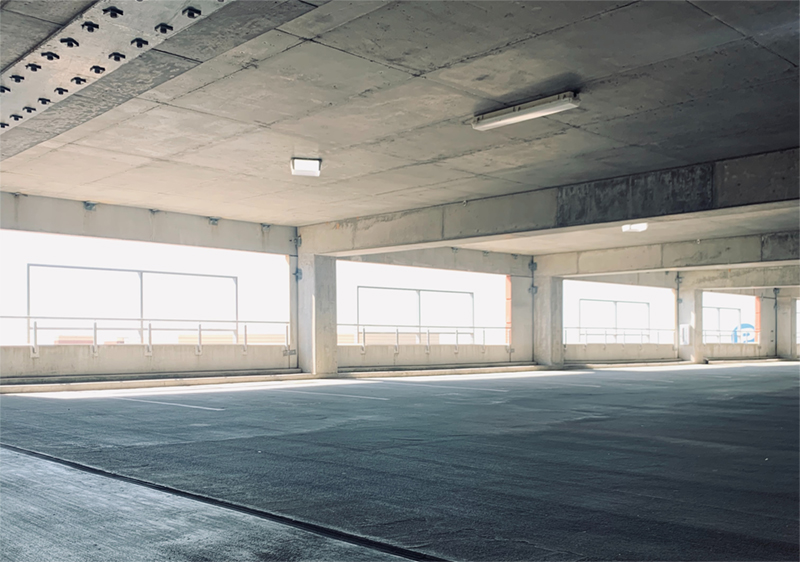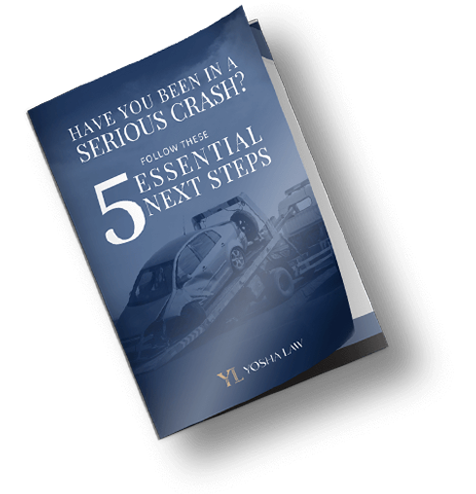There’s no doubt that self-driving cars are the future. With companies like Uber and Google already deploying fleets of vehicles with automated features, or Tesla making partially-autonomous cars available for private ownership, progress in this area is surging ahead. As of 2019, more than 1,400 self-driving cars, trucks, and other vehicles were in testing by more than 80 companies across 36 US states. As self-driving cars become more prevalent, the landscape of personal transportation is set to undergo significant changes, particularly in urban areas like Indianapolis. One of the less anticipated outcomes is the potential rise in legal challenges, specifically taxis and Uber lawsuits in Indianapolis.
The Indianapolis ridesharing lawsuit model could set a precedent for how traditional taxi services and ridesharing companies like Uber and Lyft navigate the introduction of autonomous vehicles. This legal framework might address the allocation of liability in traffic accidents, the protection of passenger rights, ridesharing companies’ rights, and more.
While we know that autonomous vehicles will become part of our reality in the next decade, it’s possible we haven’t thought through all the impacts they’ll have on our daily lives. The following 10 consequences are likely to happen if driverless cars are in our future.
1. Unemployment
Millions of people in the US work in the truck, taxi, and bus driving industries. If these vehicles start driving themselves, these workers will be out of their jobs. It’s not just the drivers who lose workhe supervisory and support staff for drivers won’t have jobs either. Investopedia used US Bureau of Labor statistics to add up the affected jobs and estimated that 4.5 million people who drive for a living could face unemployment if self-driving vehicles become more widespread.
2. Decreased private ownership of cars
As autonomous vehicles become more available, it may not lead to everyone owning their own self-driving car. What’s more likely to happen, and the direction the industry is currently taking, is that companies like Uber and Google will have fleets of self-driving cars and people will pay to be taken where they need to go. It’ll function mostly how taxis and Uber function now, but with autonomous vehicles instead of human drivers. In fact, 49% of businesses with fleets of between 31-100 vehicles envision driverless deliveries in the future.
3. Auto insurance prices
The automobile insurance industry exists to mitigate the risks of human drivers behind the wheel. When humans are no longer the ones operating the vehicles, those risks go away, which could potentially lower auto insurance prices. If there aren’t enough human drivers to take out auto insurance, it might even drive prices so low that the industry goes under. There may be new forms of insurance to cover risks associated with autonomous vehicles — because there are still some risks. Whatever happens with insuring driverless vehicles, one certainty is that the auto insurance industry will undergo major change.
4. Reduced air pollution
Most self-driving cars run on electricity rather than gas, so their increased use could have positive impacts on the environment. Another reason autonomous vehicles could be more climate-friendly is because a ridesharing model is more common, and likely to be more popular than private vehicle ownership of self-driving cars. Since it’s likely that autonomous vehicles will be used more like public transport than as private vehicles in the future, there will be fewer cars on the road.
5. Hacked vehicles
Self-driving cars are controlled entirely by computers. Unfortunately, computer hardware and software can be vulnerable to exploits from malicious hackers. These cyber attackers could be able to break into the vehicle’s systems and take control of it. Another cyber risk of driverless cars is having them all on the same network. Although it doesn’t exist yet, with more self-driving cars on the road such a network would be necessary to help all the vehicles communicate with each other. If this network gets hacked, it could stop all driverless cars from functioning.
6. Fewer parking spaces
If ridesharing replaces private car ownership, there won’t be as big of a need for parking infrastructure. Autonomous cars would simply move between passenger destinations, without the need to park for extended periods of time once the passengers arrive. This type of model could disrupt parking infrastructure, making parking garages, parking meters, and forms of paid parking significantly less important.
7. More accessibility
When operating a vehicle doesn’t require you to know how to drive, it becomes much more accessible. Those who normally wouldn’t be able to get behind the wheel, such as older adults or people with disabilities, could take their own self-driving car to get to where they need to go. It would be especially helpful for promoting accessibility in rural areas, where there tends to be less availability of public transportation.
8. Increase in drug and alcohol use
With autonomous vehicles, cases of drunk driving would likely decrease, as drivers wouldn’t be tempted to get behind the wheel of a car if they’re impaired by alcohol or drugs. This effect would be positive, as drunk driving accidents cause about 28 deaths every day in the US. There could be a negative impact as well, though, with increased use of alcohol and drugs. People who would normally refrain from consuming alcohol because they are the designated driver might feel compelled to have more.
9. Better pedestrian safety
Although research is ongoing as to whether self-driving cars prevent crashes, it is possible that they make roads safer for pedestrians. Autonomous vehicles can use GPS to follow predetermined routes so it could make public roads more predictable and thus safer for people traveling on foot. It may also lead to the creation of more pedestrian-only areas.
10. New car designs
When driving is no longer their primary function, cars will look different. They may not be designed with a driver and passenger seat facing forward, but instead with a row of seats facing backward, so all the passengers in the car can more easily talk with each other. Cars may start to resemble buses or subways when it comes to passenger seat design, prioritizing comfort and efficient use of space.
Before our roads are full of driverless cars only, we still have some consequences to think through. Progress can be a good thing, but we have to be willing to adapt to the changes it brings.








